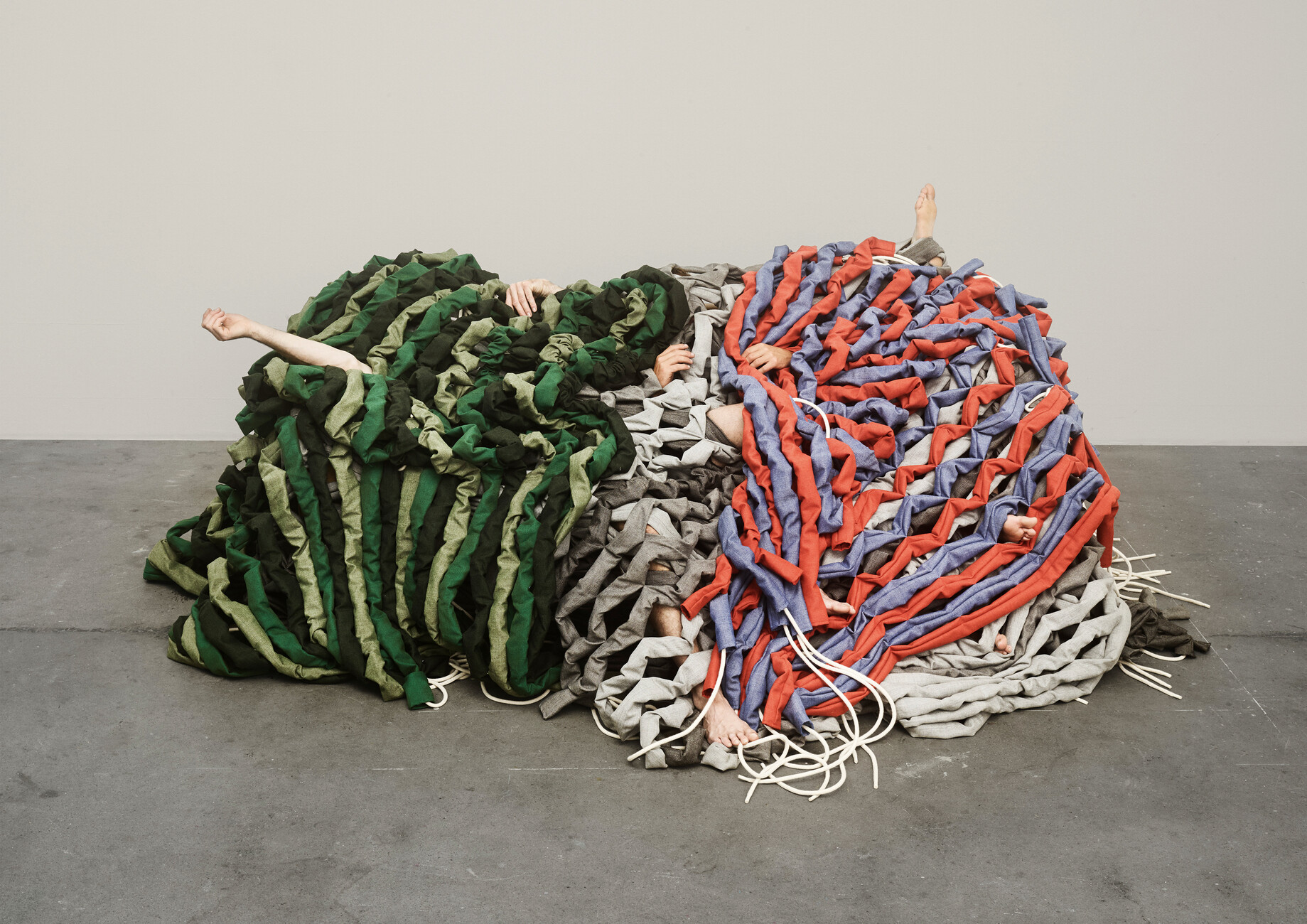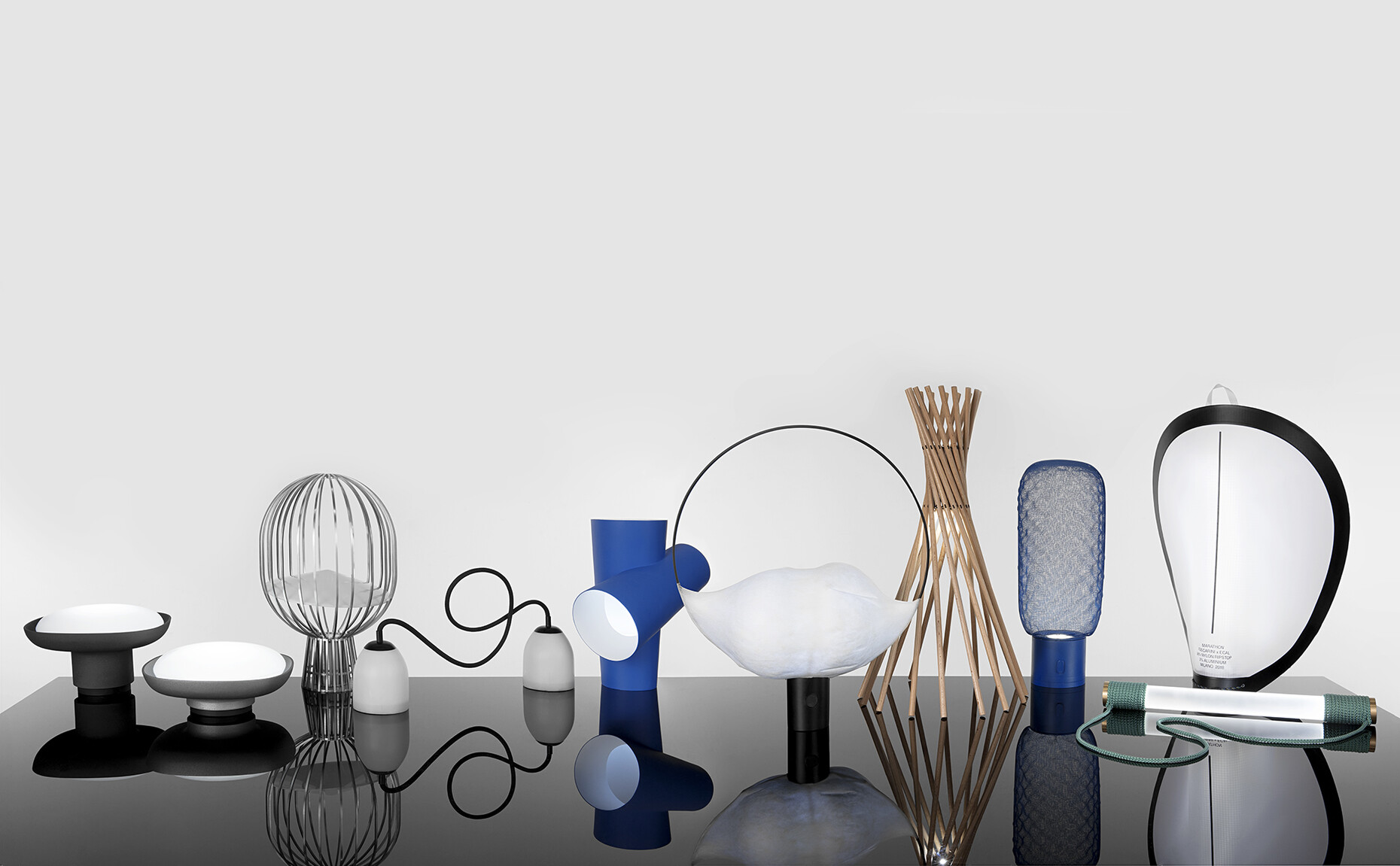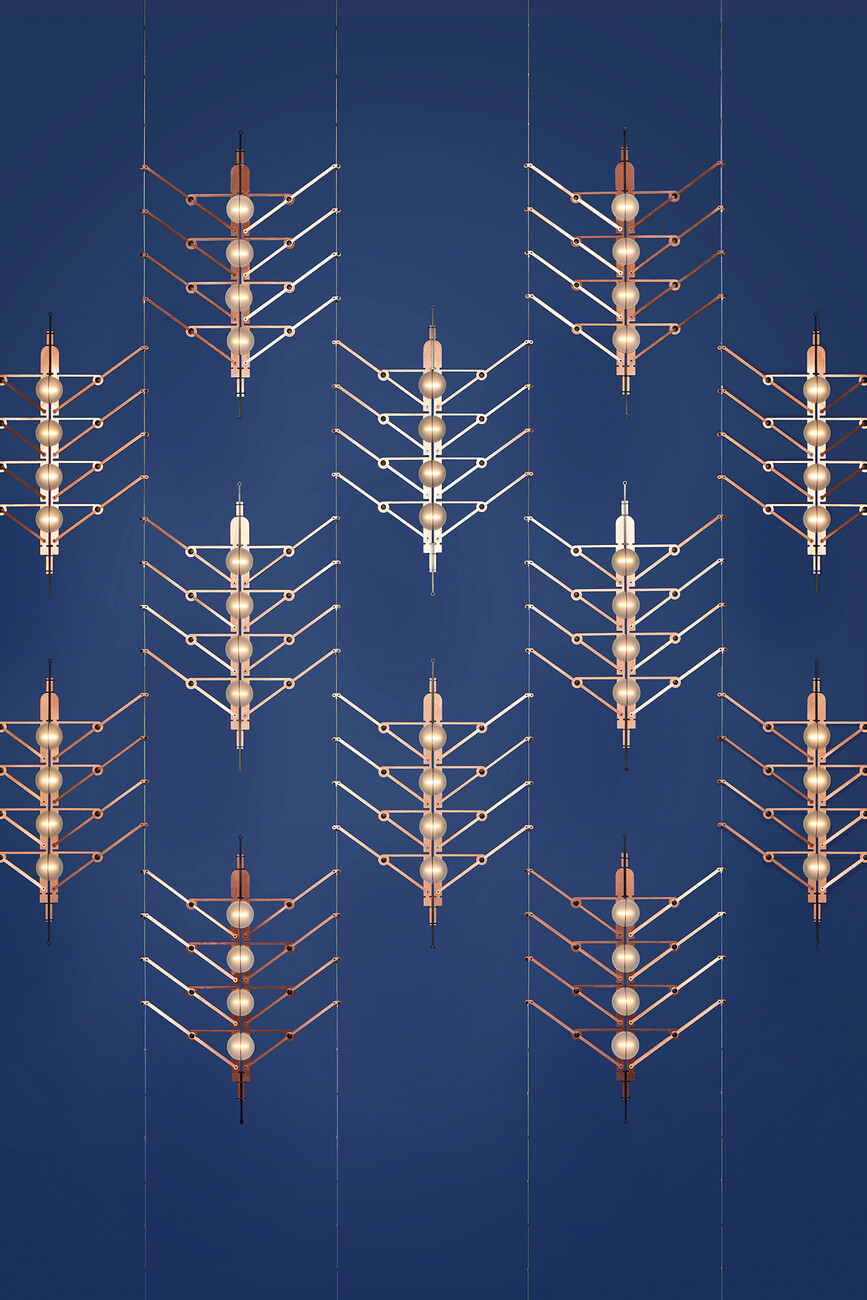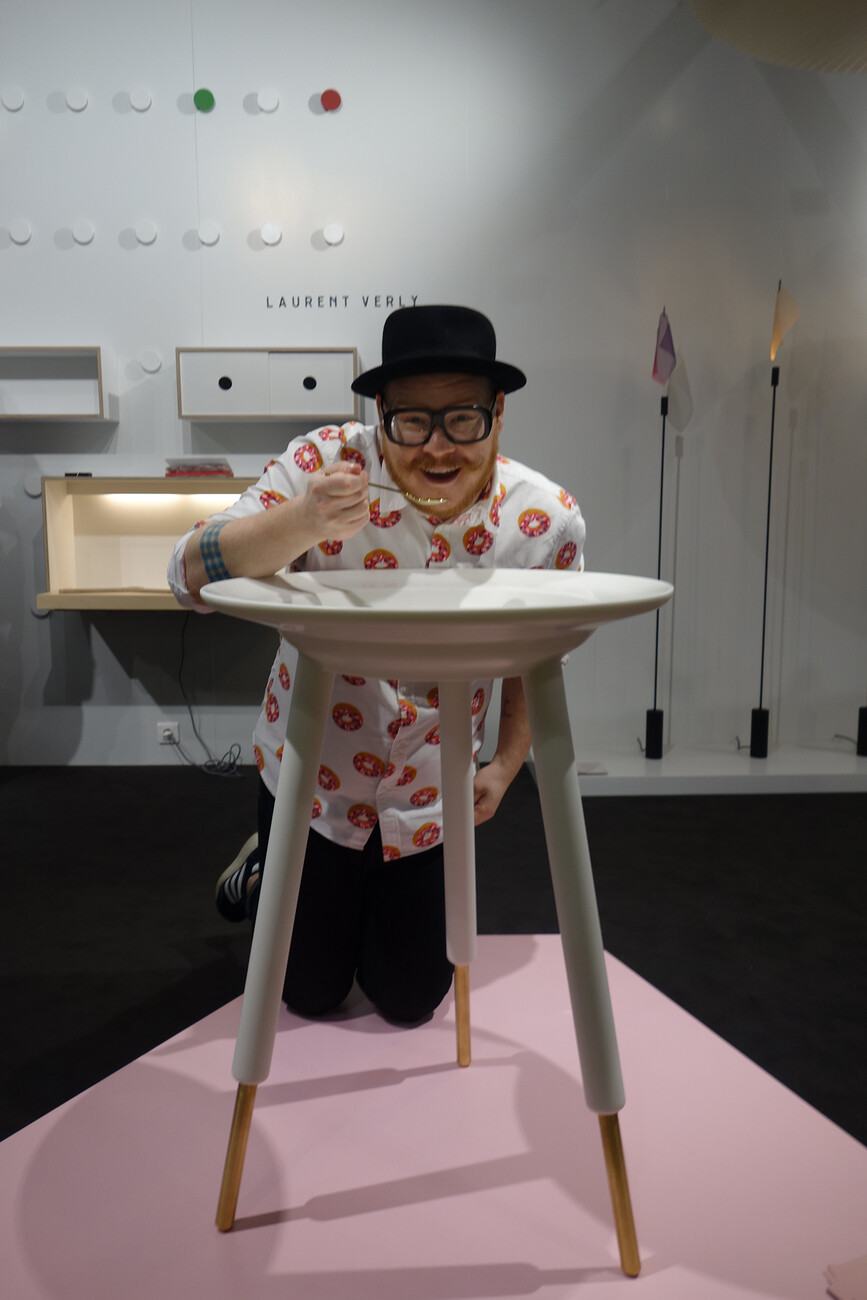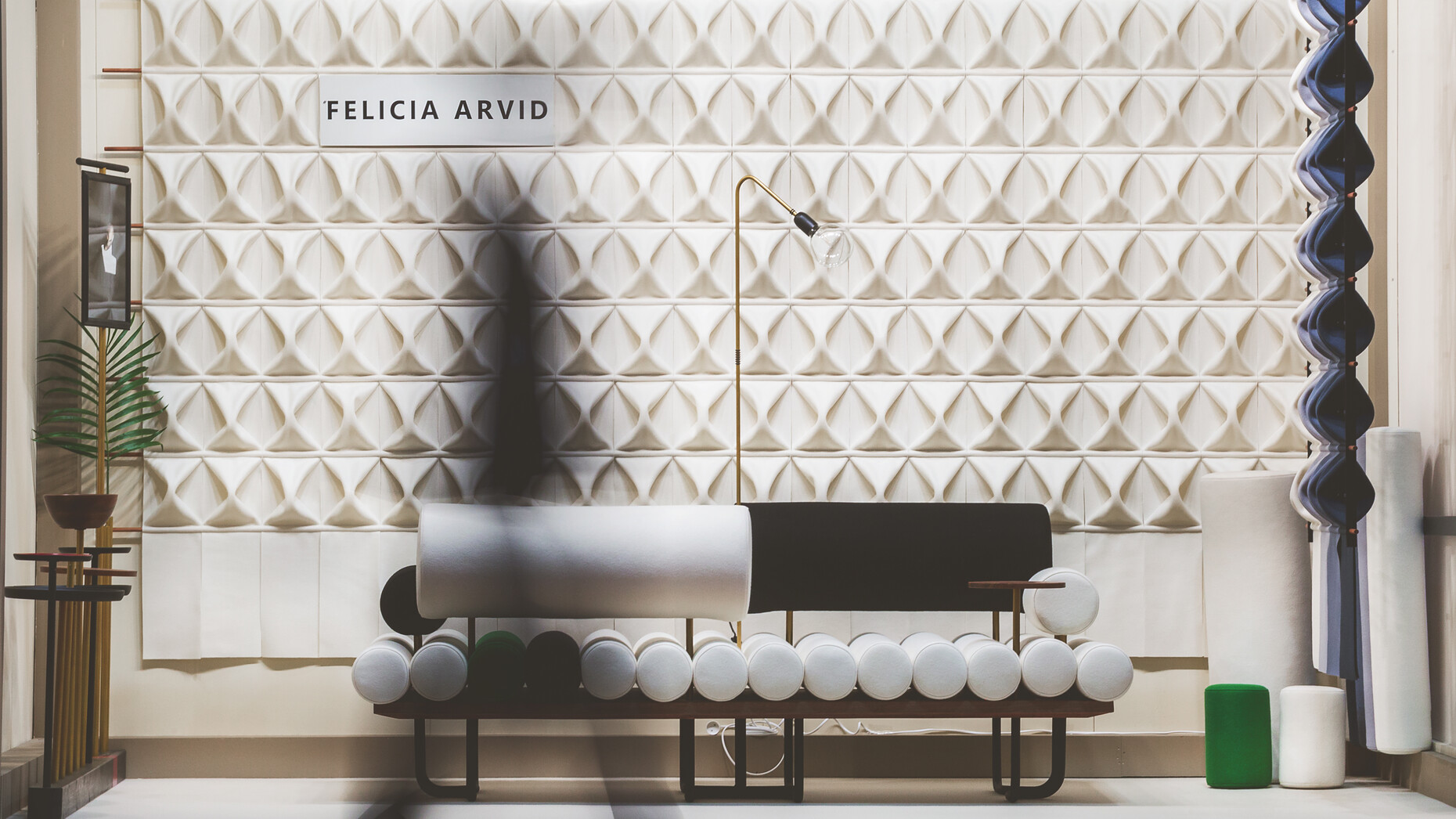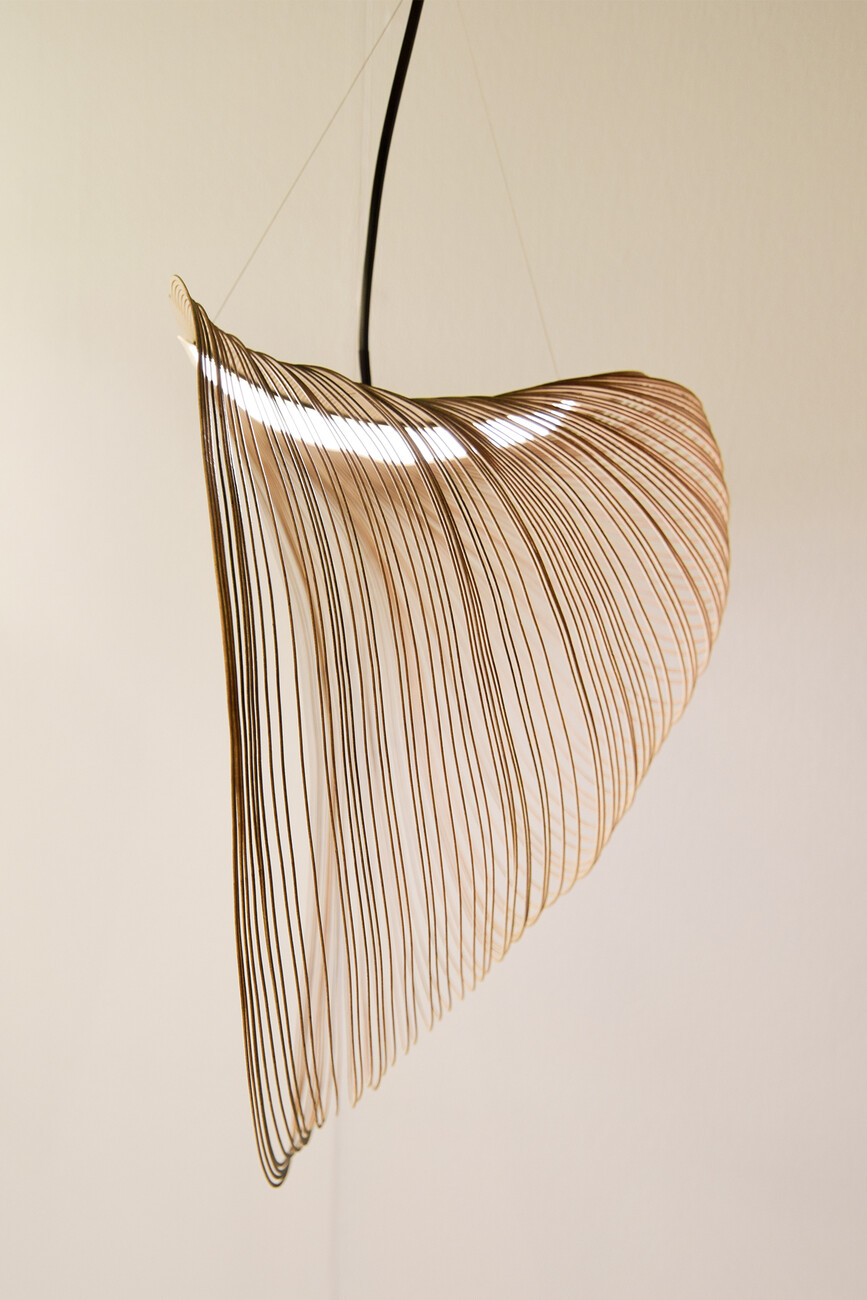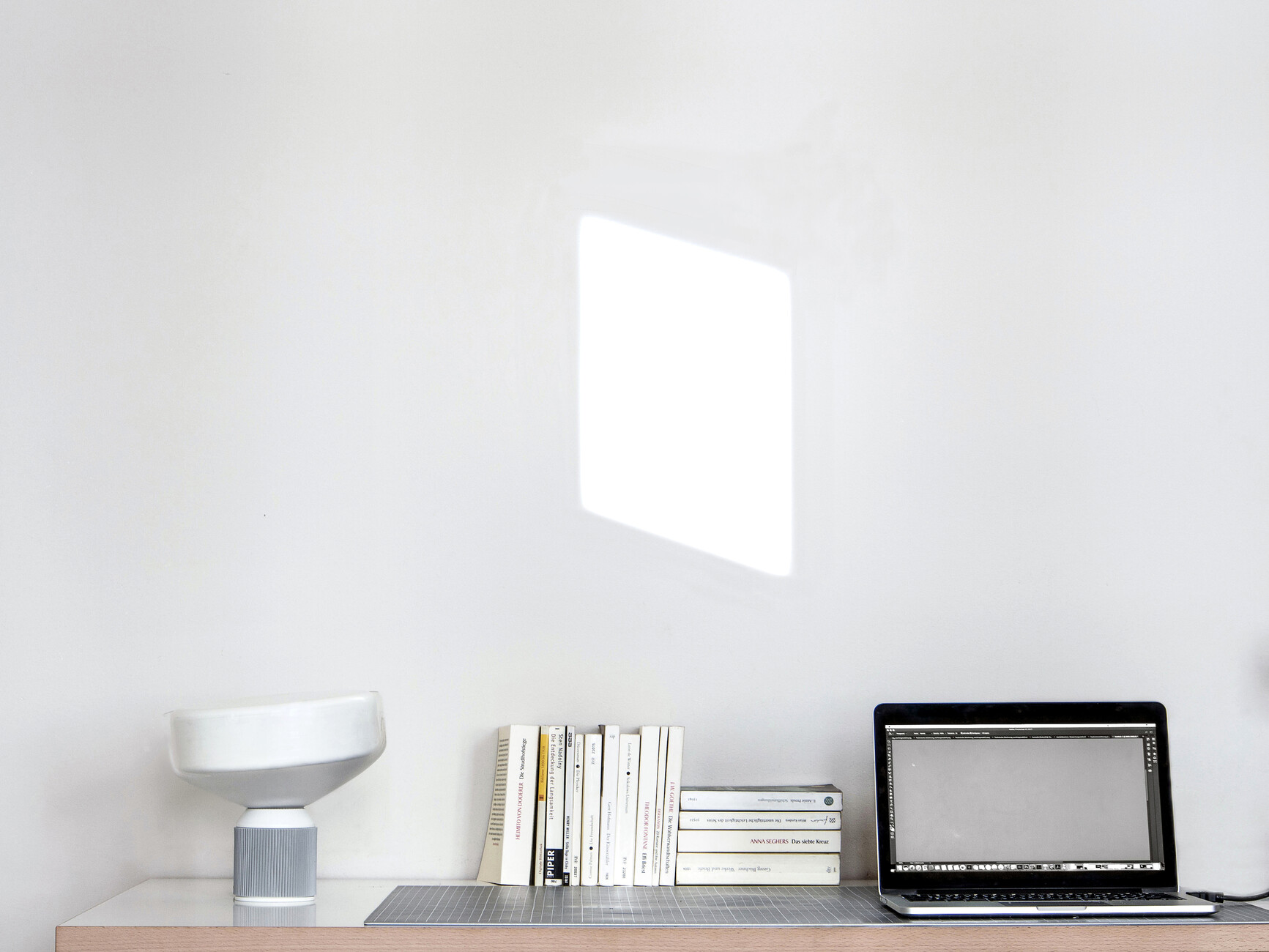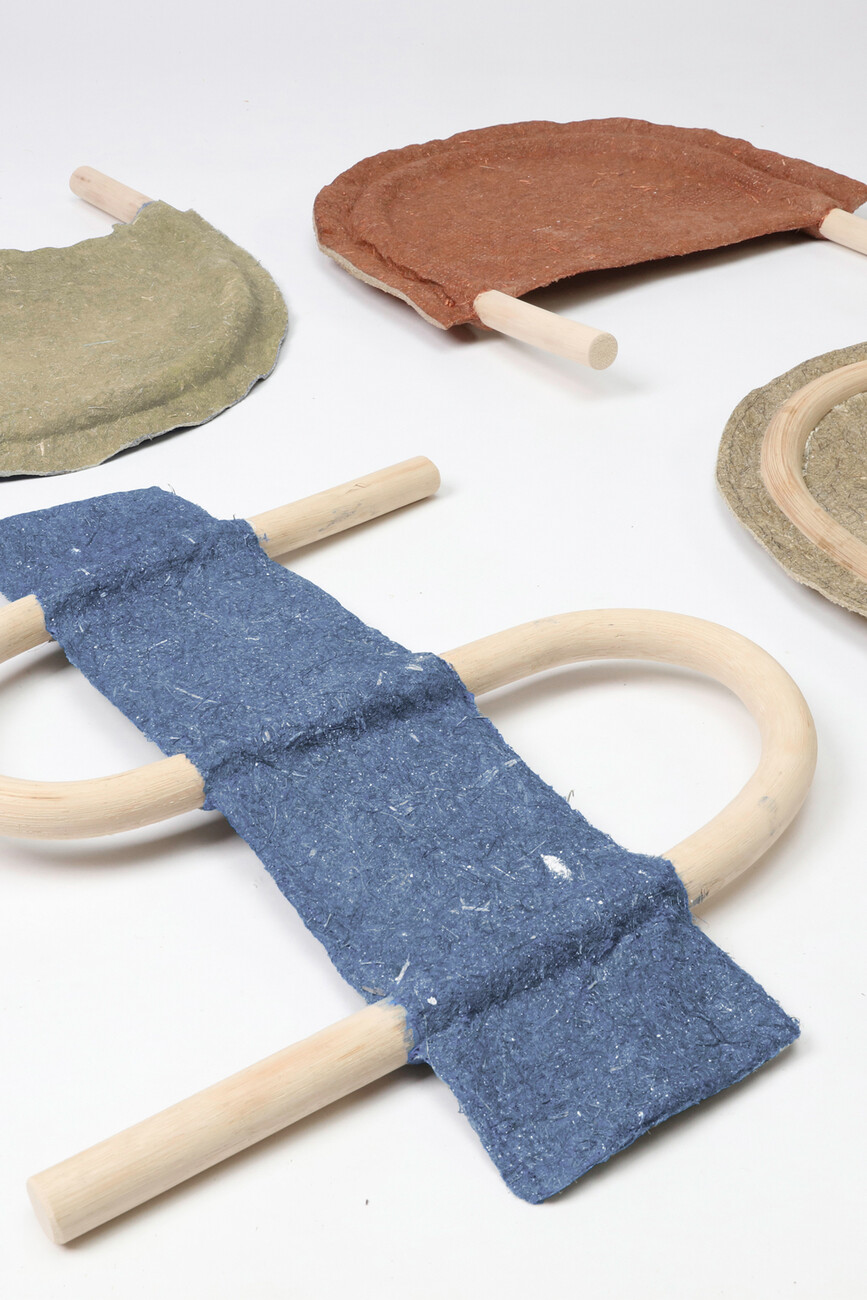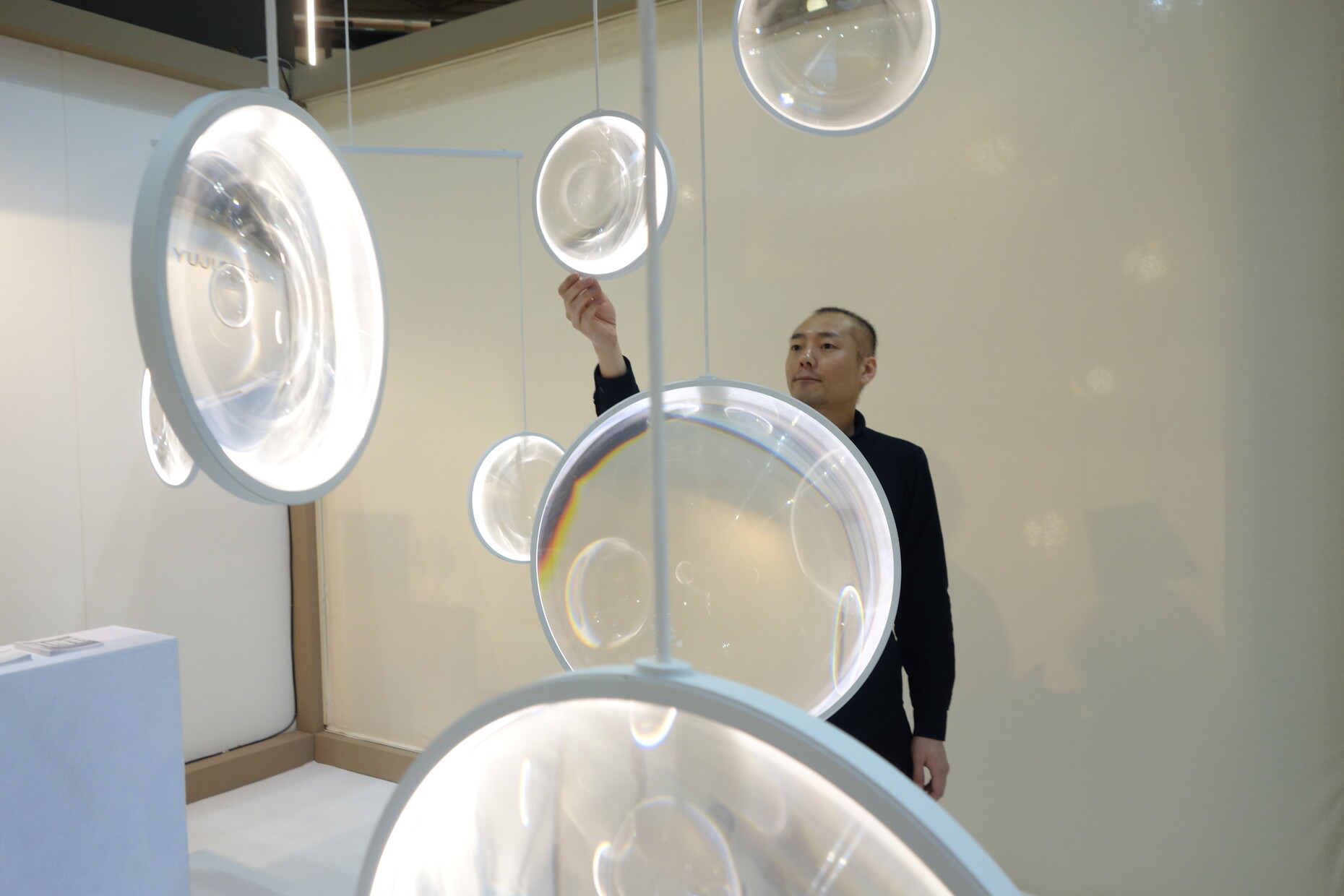Salone del Mobile 2018
Model students and experimental classes
Walking down the Salone del Mobile’s long highway leading down from the Est entrance in order to check out the Salone Satellite at the other end is always accompanied by a special feeling: Which talents will be waiting to be discovered this time? Which innovative ideas are they bringing to the table? Who is going to go the distance as an independent freelance designer and pass with flying colors?
In its 21st year the Salone Satellite still exerted a downright magical pull on budding designers. It remains thespringboard into the furniture and design industry – simply because it is located right next door to the most important and largest interiors fair world-wide, the Salone del Mobile. But it has more to offer than just that. Salone Satellite organizer Marva Griffin and her team work hard to lend each year’s edition of the young designer’s platform a special character through a range of activities. This year the Salone Satellite opened itself up to the world: It was time to get out of the self-referential zone of the Western world and into other continents and cultures, with up-and-coming talents from Africa and Latin America included in the show. In view of the globally shifting power and economic relations, this was of course completely logical and consistent.
National and international
In addition, there was a bustle of youngsters in the innumerable forums outside the fairgrounds that formed part of the event program Fuorisalone: The “crowd” has long since left the Lambrate. Part of it could now be found in the rejuvenated Zona Tortona, while new venues, such as the Ventura Future (at the university in the east of the city), as well as Via Pietro Crespi, also in the east of Milan where the Design Academy Eindhoven had its show, likewise pulled in a great many fresh faces. Many of those who in recent years had grown used to seeing spectacular creativity from Eindhoven and at Ventura, also staged by Dutch organizers, were in for a surprise. Indeed, it appeared as though the “Dutch Design Week” is getting too big for young designers from the Netherlands to put a lot of energy into showcasing their work in Milan. In contrast, the École cantonale d'art de Lausanne (ECAL) showed itself as dedicated as ever – as we have come to expect from the Swiss model students – and for example showcased a perfectly composed collection of market-ready designs with Foscarini at Palazzo Litta. That’s a gold star from us.
The German Design Council has been in on the act since last year too, presenting the work of 21 talented newcomers under the title “ein&zwanzig” in the Zona Tortona. This is a show we would have loved to see dedicated to up-and-coming designers from Germany – just as the Danes (Mindcraft), the Swiss (Swiss Design), Norwegians (Norwegian Presence), Belgians (Belgium is design), Dutch (Creativ #olland) and French (French Design) had shows dedicated to talent from their home countries.
But back to the Salone Satellite. Asian participation remained surprisingly strong. This time however, it was not just many Japanese designers who took part, but also more and more Chinese, Taiwanese and Koreans. What was also remarkable was that about half of them did not speak any English. How they managed to even make it to the Salone seemed baffling at first, but this riddle was easily solved considering that most of them arrived in groups that more often than not included an interpreter. One thing can be said for sure though: Not speaking any English and trying to get into contact with the mostly European or American firms is very difficult.
What was also striking at the young Salone was that the presentations by the youngsters were getting ever more professional. Some of them already had their own logos designed, there were flyers and image brochures, and in some cases it was even possible to order the furniture through direct distribution online. Most also had press information ready for the hungry journalists – in terms of self-marketing and media management (there was hardly anyone who didn’t have an Instagram or Twitter account), the youngsters were second to none.
Feel this
Of course it is hard for the young generation to find new approaches in our time of overabundance, extreme change and the dissolution of the material in favor of a digital, virtual world, in which the truly innovative designers are no longer based in workshops, but in creative hubs in San Francisco or Tel Aviv, and they no longer create objects, but program apps.
It was hardly surprising then that many of the designs on show were explicitly related to the analog world and understanding objects with all the senses, or were solely geared towards this purpose. The latter was the case in the work of Stine Mikkelsen of Kolding School of Design in Denmark, who had covered found objects from the port of her home town of Marstal with grainy materials such as granite, thereby placing these “Tactile Monoliths” in a tense dynamic between function and materiality. The radiators “Woven Warmth” by Alicia Paola Knabe of Design Academy Eindhoven prompted us to engage with them in a tactile way with their cool steel pipe structures interspersed with woven felt. Both were part of the exhibition “ein&zwanzig” in the Zona Tortona.
The young designers had in no way lost their desire to experiment. Quite a few of them surprised audiences with exhibits that appeal to the joie de vivre and lust for life – and that playfully challenge the user to interact. At the Salone Satellite three graduates from Central Saint Martins College in London, Madeleine Duflot, Koa Pham and Ania Marciniak, lounged around on giant brightly colored foam snakes that could be intertwined with one another. The three were happy to admit that their design was inspired by Verner Panton – and they were not the only ones to try their hand at such sculptural foam elements allowing users to rest, work, play or sleep on them.
David Gewoon, slightly older than most of his co-exhibitors, showcased his “Table Hulot” in the Belgian section of the Satellite: an oversize plate of pasta on three legs that references the film “Monsieur Hulot’s Holiday” by Jaques Tati and with it the uninhibitedness of children. Gewoon used to work as a teacher, but gave up his job to focus on design. Even though the plate table may have appeared somewhat gimmicky, Gewoon’s biographical turn and his strong motivation, as well as his humor, remained rather impressive.
Fascinating illumination
There continued to be a great many approaches based on experimentation with new, sustainable materials. Laura Jungmann, Jonathan Radetz, Martha Schwindling and Elena Tezak got together with the firm Fiber Engineering from Karlsruhe in order to press fibers won from plastic waste into mats able to function as seats or room dividers. The “Solid Textile Boards” by Really/Kvadrat were also used here: as stackable rocking stools by Laura Jungmann. Philipp Hainke, who studies at Berlin University of the Arts, went one step further, exhibiting at the Salone Satellite a biologically reprocessed board made up of nothing but hemp fibers, hemp shives and a long-forgotten natural glue made of limestone and casein.
However, the only designs that were truly convincing in both form and function were luminaires. Playful and creative approaches to light as well as the new possibilities offered by LEDs as illuminants inspired many an up-and-coming designer. While Sam van Gurp and Esther Jongsma revived the luminaire designs of the Art Deco era with their label Vantot, Zsuzsanna Horvath enchanted audiences with a feather-light suspended luminaire, its fine lamellar wood structure reminiscent of sea shells. The approach of the Royal College of Art’s Sofia Souidi was also interesting. She showed her “Gradient” luminaire, which clearly references the Castiglioni brothers’ “Taccia” but is designed to create the illusion of daylight in poorly lit rooms. It does so simply by emulating the incidence of light through a window and having it travel across the walls as a projection. The smart idea won the German Design Council’s “ein&zwanzig” award. Yuyi Okitsu, who had already wowed audiences at last year’s Salone with a delicate lighting creation, was unfortunately not honored. Once again, his work titled “Focus,” a mobile with giant illuminated lenses that moved softly in the space, managed to captivate visitors. A fascinating piece that is both functional and conceptual at the same time.
